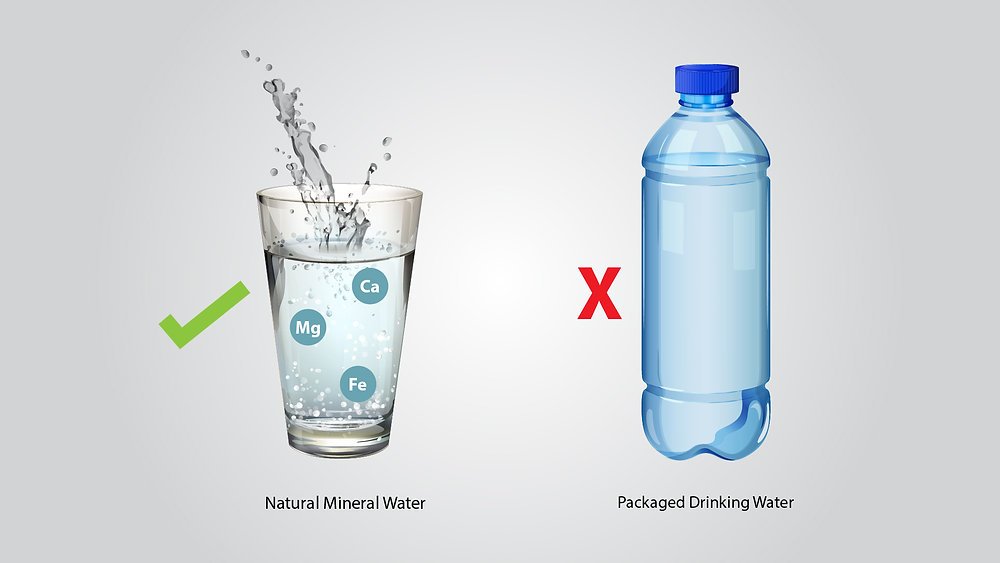1. Consume less meat

33% of our carbon not entirely set in stone by our eating routine, as expressed by the association “Bread for the World”. Creature based food represents around 80% of this. Their creation requires a very huge measure of water, dirties our groundwater with fluid fertilizer, and drinks important land for grub development. What’s more, frequently working circumstances in the meat business are everything except fair, and modern plant cultivating is morally sketchy. The best method for further developing your natural impression is to keep away from or lessen the utilization of creature based food sources.

2. Purchase local goods

Because of transport by truck, boat or even plane, the carbon impression of numerous food varieties is very poor. Yes, pineapples and mangoes cannot be grown in Germany, so they must be imported. However, you can maybe depend on less outlandish natural products or food sources like imported lager. All things considered, take local leafy foods. This is simple with numerous assortments, for instance, strawberries, tomatoes, or apples. Meanwhile, bundled and unpackaged food sources are named with the goal that you can perceive the nation of beginning. While walking around the week after week market, you can purchase from makers from your district. In numerous urban communities there are currently even “market peddlers” – you request on the web and get the local items from different providers at an assortment point. New produce boxes additionally convey territorial produce to your home. You find new kinds of vegetables and the recipes gave make sense of how for set them up. You like drinking juice? Then attempt normally shady squeezed apple from knoll plantations. It has voyaged less kilometers than squeezed orange concentrate from South America. Insects and birds also enjoy playing in the local orchards.

3. Look for locally grown, seasonal food

Occasional food varieties from your locale travel less miles and are along these lines more environment amicable and less expensive. You can track down occasional schedules on the web. What’s more, the many cooking magazines at the checkout like to show the season’s features on their front pages.

4. Drink tap water instead of bottled water

In Germany, tap water is perfectly safe and subject to stringent monitoring. It is always available, cheap, and always cold and fresh. You don’t have to convey boxes, purchase plastic containers, or return store bottles. If you prefer sparkling water, you can also use home carbonated water makers to make sparkling water at home. A squeeze of lemon, syrup, or juice adds flavor to the water.

5. Plan your shopping and save food (Eat the food you buy and reduce food waste)

Maintainable living or living green likewise implies squandering less. Food squander is a major issue. Make a list of everything you need to buy and stick to it. Check what you have available. Enormous amounts are frequently less expensive – yet in the event that you need to discard excessively, you haven’t saved anything. You don’t have the foggiest idea how to manage two carrots, a stick of leek, and feta cheddar? Just google the fixings and you will get a lot of recipes that need just these fixings. You could likewise join food-sharing and save food from being discarded. You can track down areas close to you on the web and make new companions by participating.

6. Go natural and fair

Sustainability encompasses ecology as well as social responsibility. Reasonably delivered food sources like espresso, juice, or chocolate assistance to guarantee that more cash winds up with the makers of the items. In the event that you purchase natural, you diminish your carbon impression and backing harmless to the ecosystem food creation.

